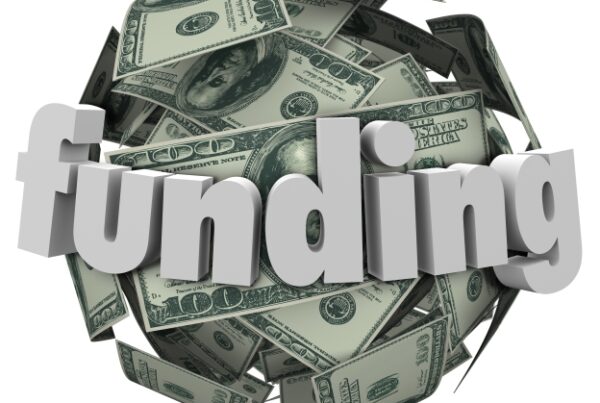
Companies reviewing limits amid Covid have varied approaches to calculating risk thresholds.
The abundance of cash corporates have collected on their balance sheets to deal with pandemic-related volatility has prompted some to review their counterparty risk limits.
Participants at a recent NeuGroup meeting of large-cap companies described a variety of approaches to the issue, which should remain especially relevant for treasury teams reducing the size of bank groups, a trend discussed in recent meetings.
- A member explained that higher deposit rates at one bank prompted his team to consider whether to exceed the $100 million ceiling in its policy. It turned out that only the CFO had to be alerted; no approval was needed from the board or senior management.
- The company was entering longer-term exposures, including derivative transactions, in which relatively few banks were experts and offered reasonable fees. That resulted in a concentration of business that could hit exposure ceilings.
- “The more of this we do, we’re faced with the issue of which banks do we execute with and how much with each bank,” the treasurer said.
Notional vs. marked to market. The session leader said that his team updates the marked-to-market derivatives exposures monthly but has relied on notional limits. The company’s exposures have traditionally been seven days or less, but the longer-term hedges may require a more dynamic approach.
- A peer said his company relies on mark-to-market limits and stress tests them using a third-party service offered by Reval. Initial trades shouldn’t exceed the limits, and ratings downgrades and market-moving events such as Covid halt additional trades unless the CFO approves them.
- The company separates derivatives from deposits because the latter don’t have a stress scenario. The derivative limit is much smaller.
- Another member said his company also includes commodity trades, adjusts all exposures according to their remaining lifespans, then aggregates and measures them daily. His team also tracks ratings and credit default swap (CDS) spreads to capture any real-time market moves, such as news about fraud at a bank.
Scrutinizing the banks. The member added that a vendor performing his company’s customer-credit analysis also provides an annual analysis of the net worth of each relationship bank, and along with a bank’s credit rating his team will assign a limit to it.
- He added that rather than a $500 million or other arbitrary limit, “It’s actually based on the balance sheet of each bank.”
- His team has sought to automate that process and eliminate much of the “check-the-box” analysis based on financial statements that often can be stale, adding, “We’ve found you can spend a lot of time on things that 99% of the time add little value.”
Common ground. Two other members said their firms set notional limits, separating deposits from derivatives. One noted entering into a long-term interest-rate swap. “This discussion is really timely,” she said, “As I’ve been talking to my derivatives team about how we can better manage those exposures.”
- The other member uses notional thresholds “only because it’s easier” but acknowledged that marking positions to market provides the “real exposure.” His firm has increased its investment and derivative thresholds to accommodate more cash held at banks.
- In terms of investments, “We can go up to a certain amount, but it also has to be diversified within the portfolio,” the treasurer said. “So as the cash balance grows we have the capacity to go higher, but the mix of the portfolio is limited as well, both with the instrument and the counterparty.”


